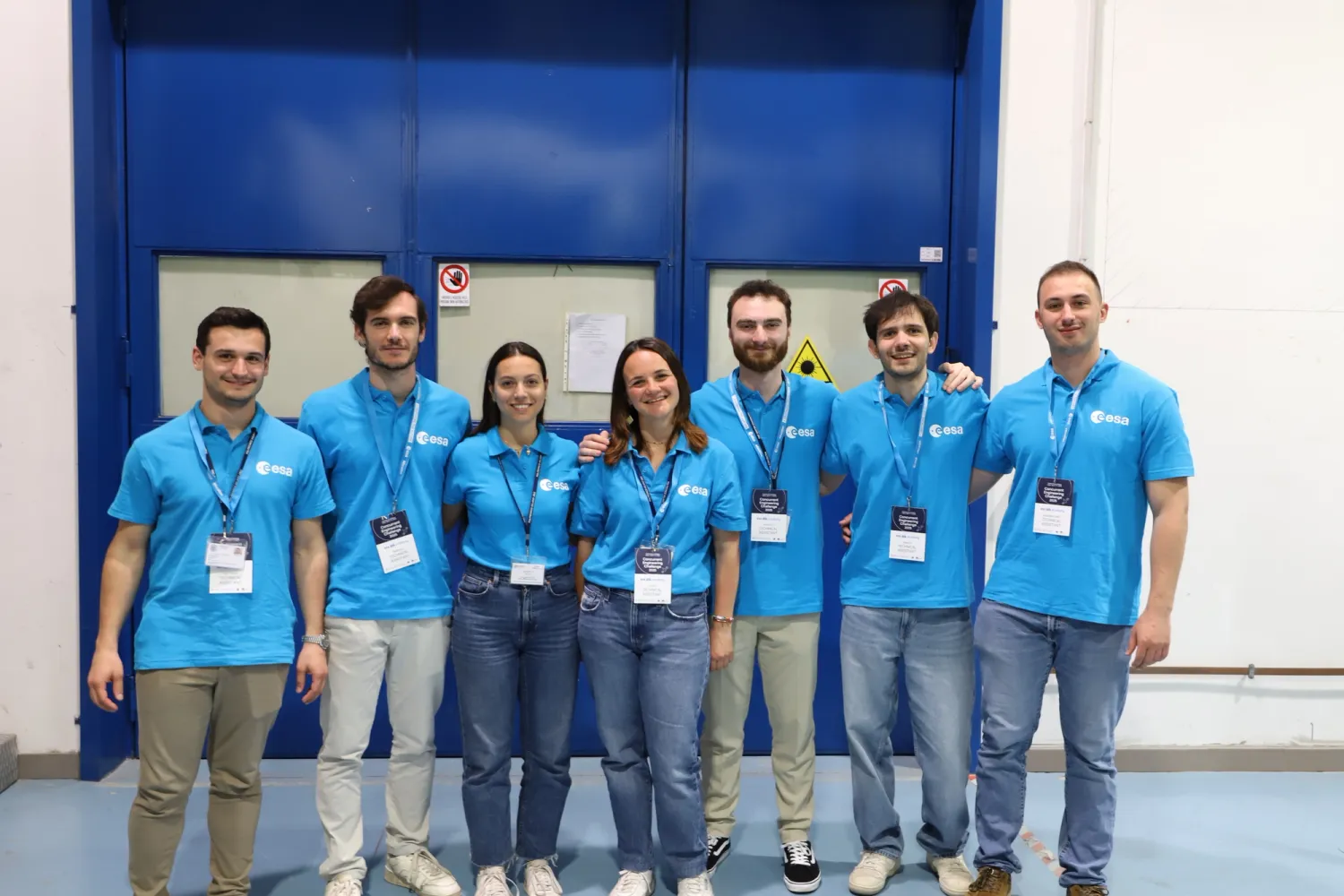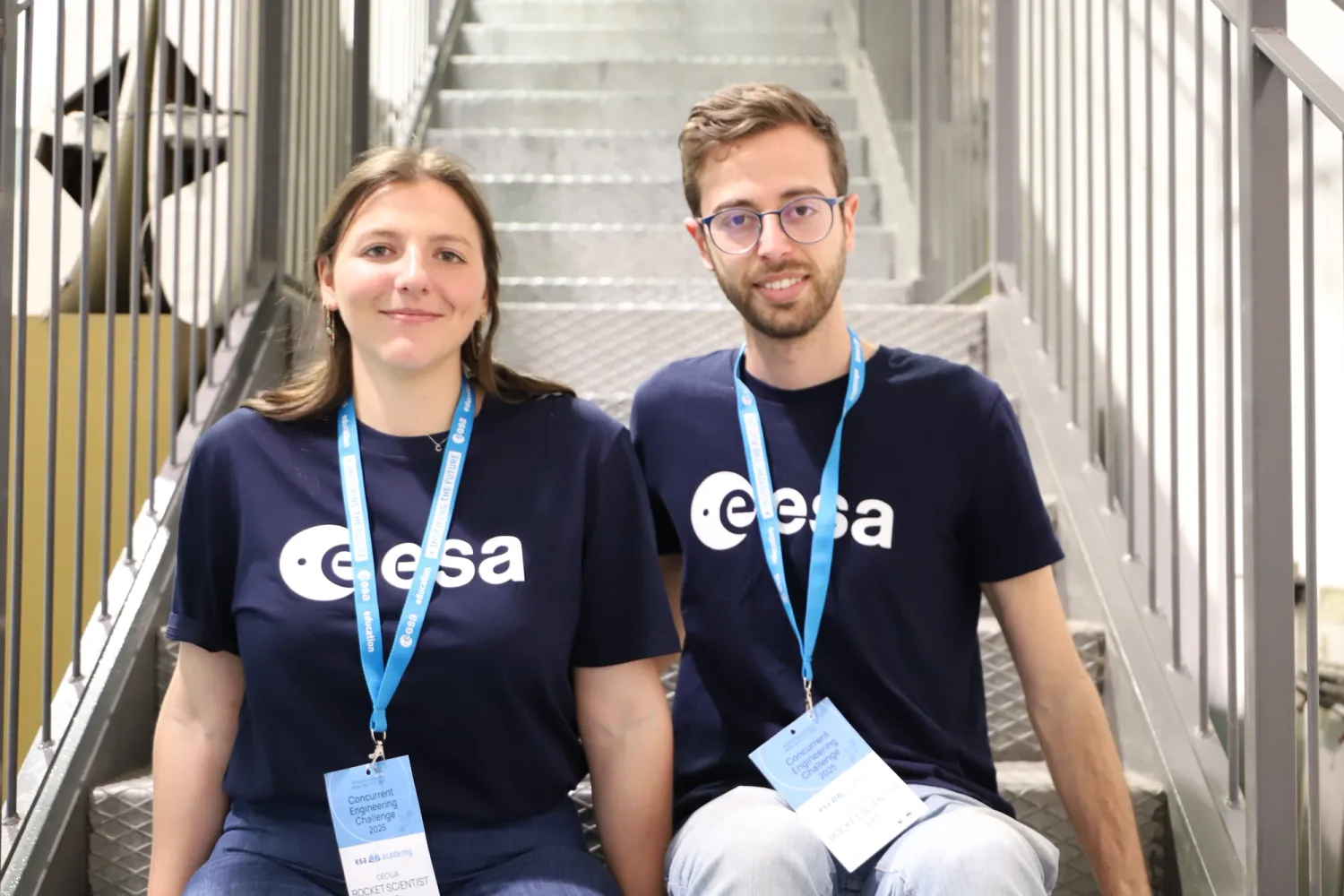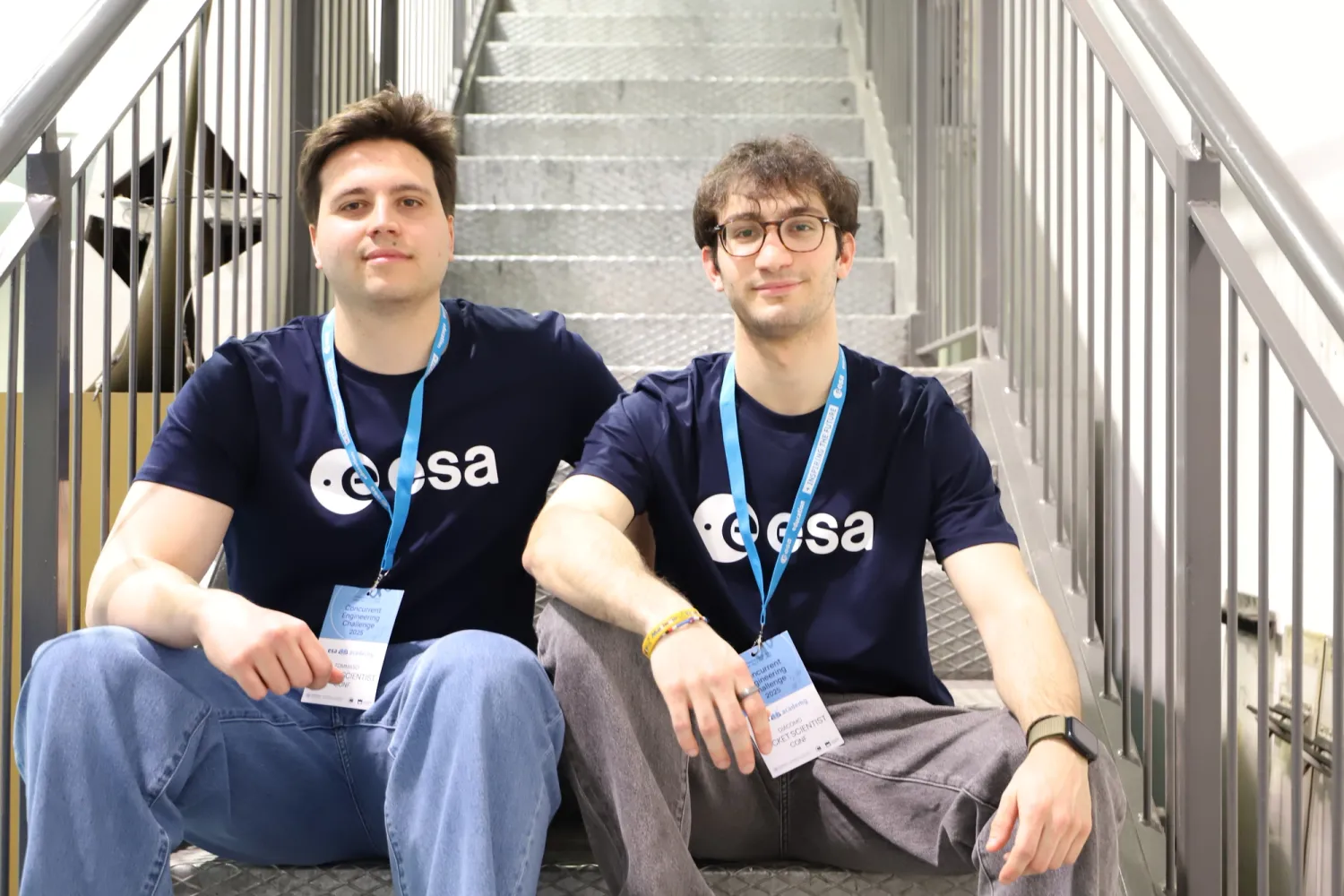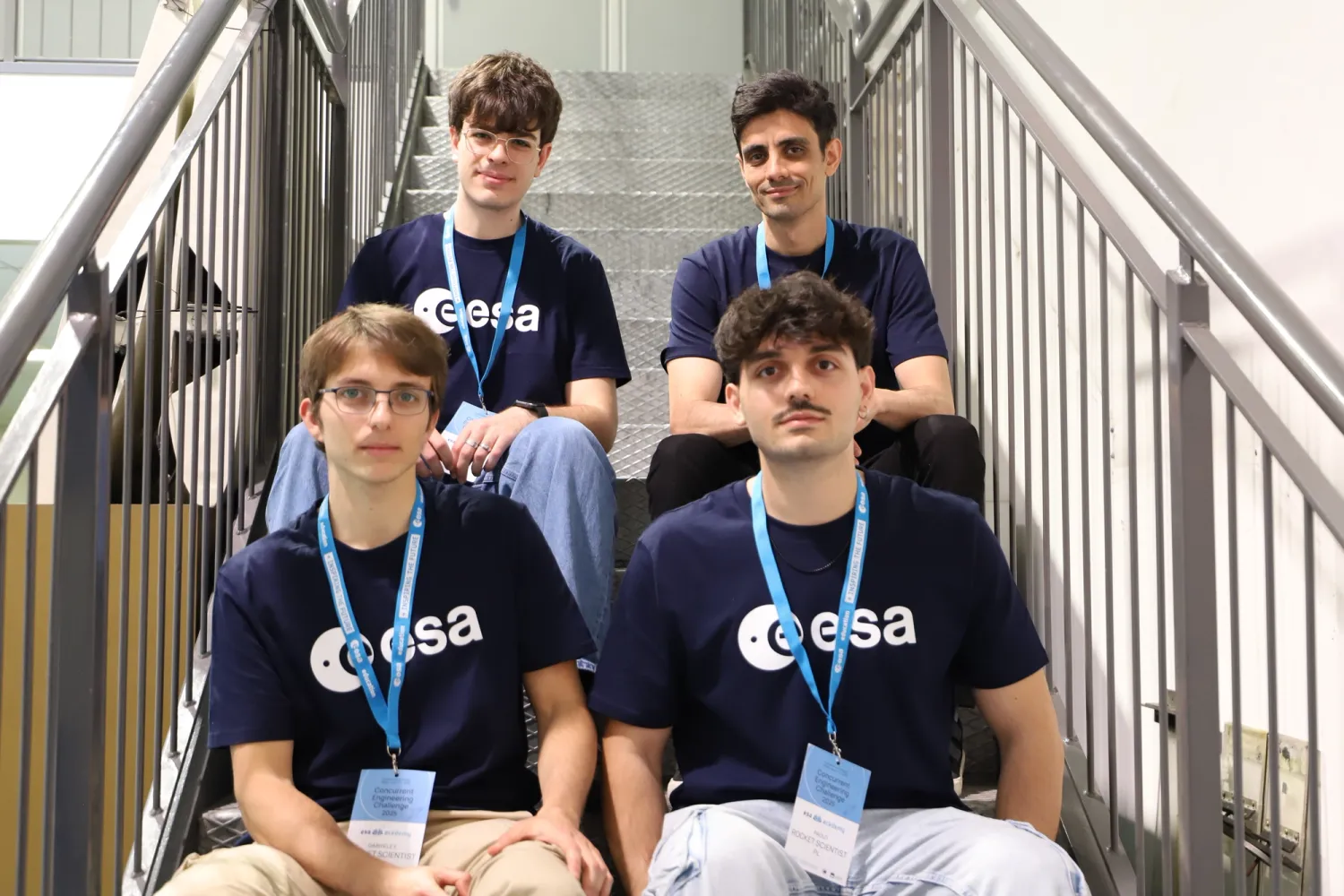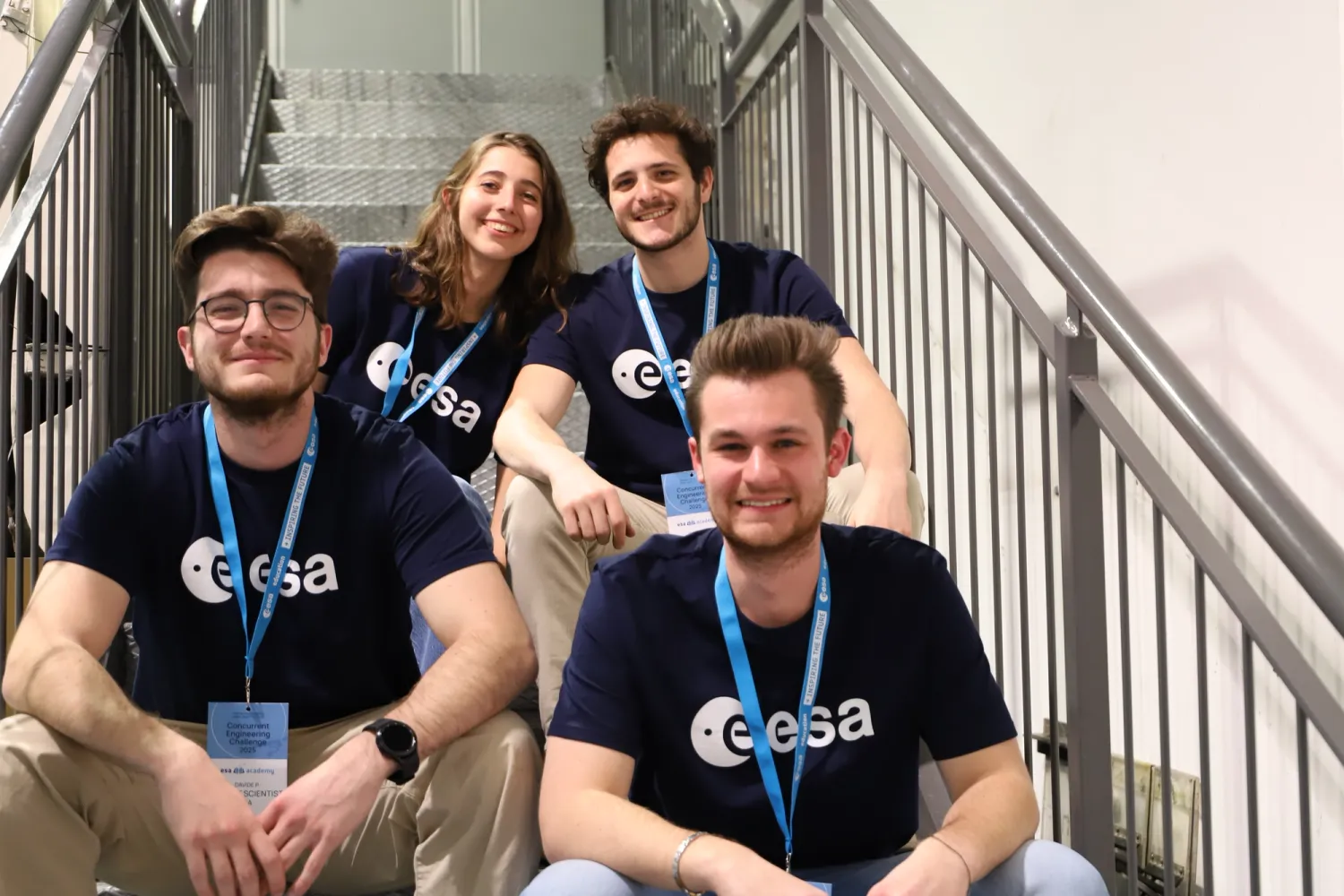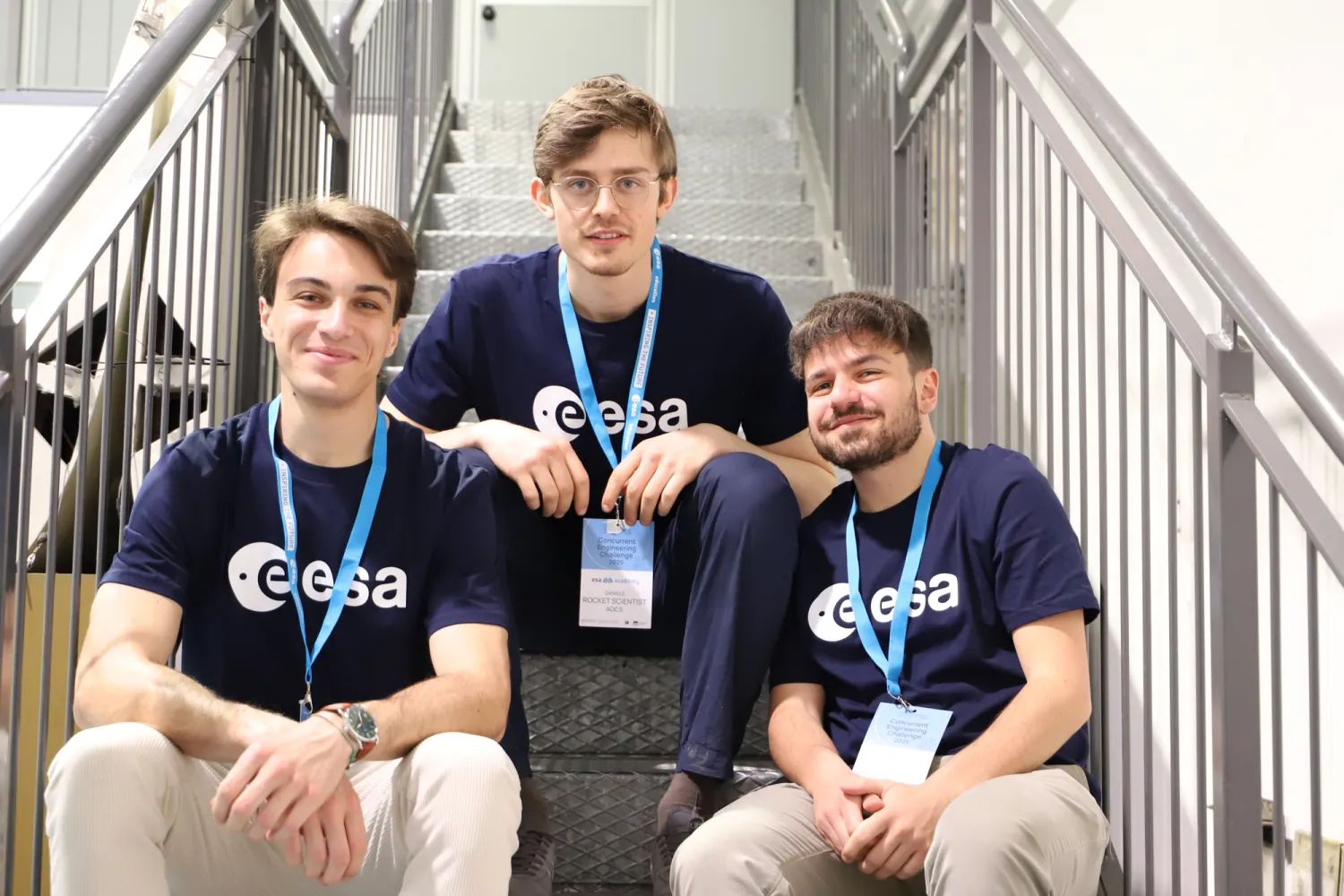POLIMI TAKES PART AT ESA CONCURRENT ENGINEERING CHALLENGE 2025
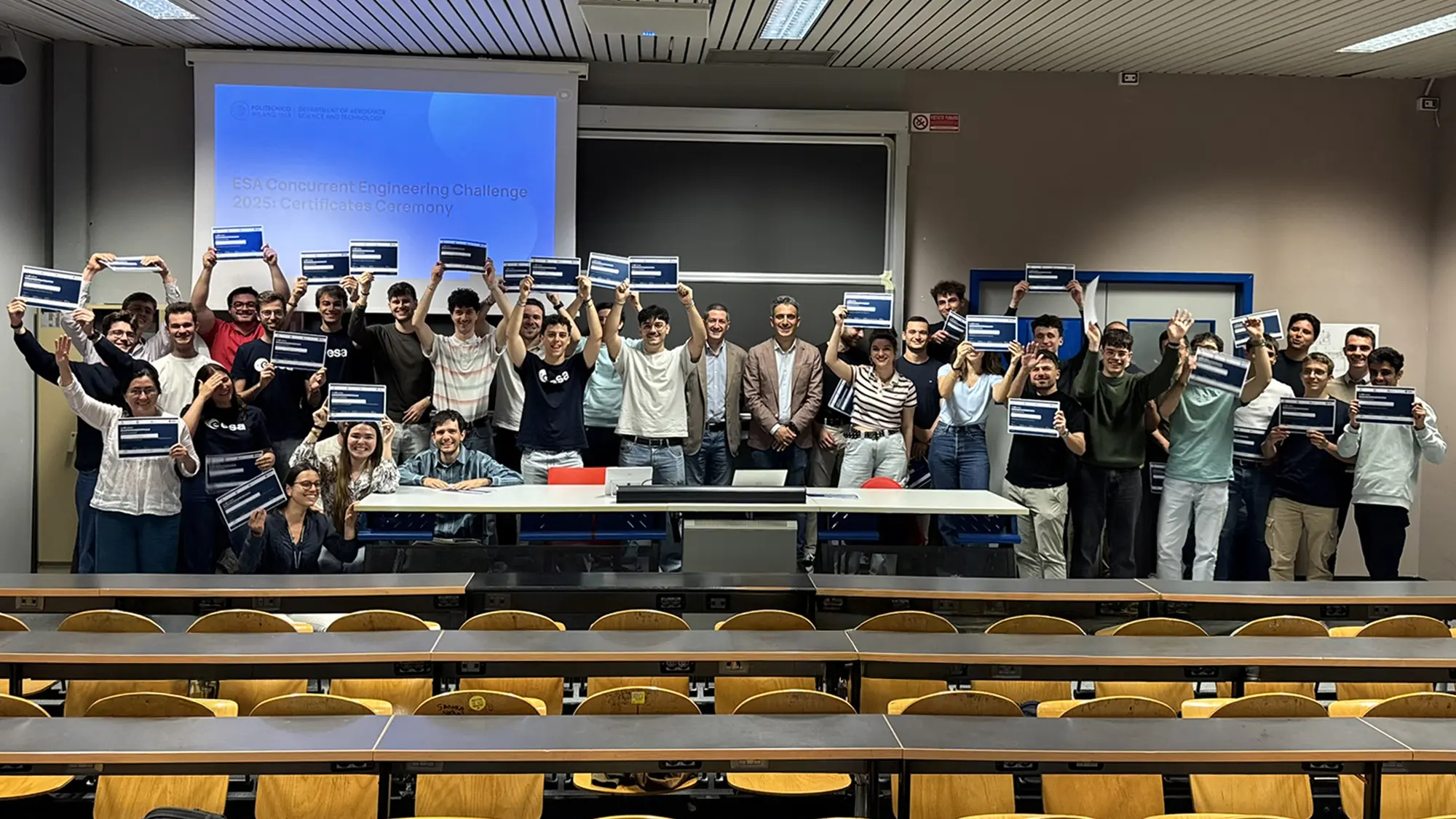
The Department of Aerospace Science and Technology at Politecnico di Milano proudly participated in the ESA Concurrent Engineering Challenge 2025, held from April 7th to 11th
This annual event, hosted by the European Space Agency, invites selected universities to collaboratively design a preliminary space mission using the principles of Concurrent Design and Systems Engineering.
The 2025 challenge brought together four teams from across Europe, 3 from universities: Politecnico di Milano (Italy), Universidade de Aveiro (Portugal), Cranfield University (UK) and one with students from all over Europe based at the ESA-ESEC facility in Belgium. The PoliMi team, comprising 26 Master's students, represented a diverse mix of disciplines—ranging from Space and Aeronautical Engineering to Biomedical, Mechanical, Mathematical, Geoinformatics, and Telecommunications Engineering. The team was supported by PhD students and researchers from the ASTRA Lab of PoliMi’s Department of Aerospace Science and Technology (DAER), led by Prof. Michèle Lavagna, and by the IT personnel of the department.
At the heart of this year’s challenge was a bold scientific goal: to investigate the elemental composition of comets—shedding light on the building blocks of the Solar System and the potential origins of life.

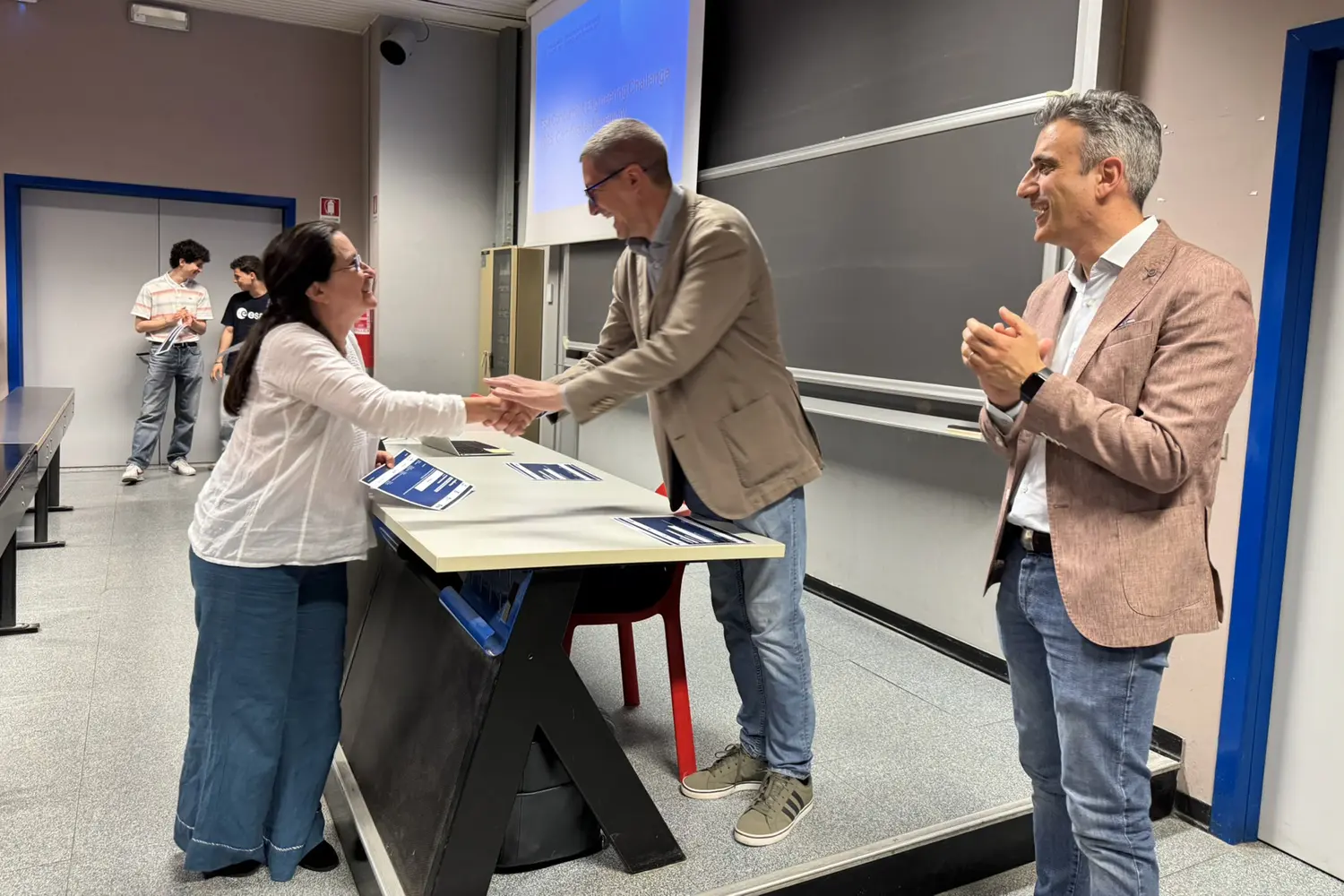
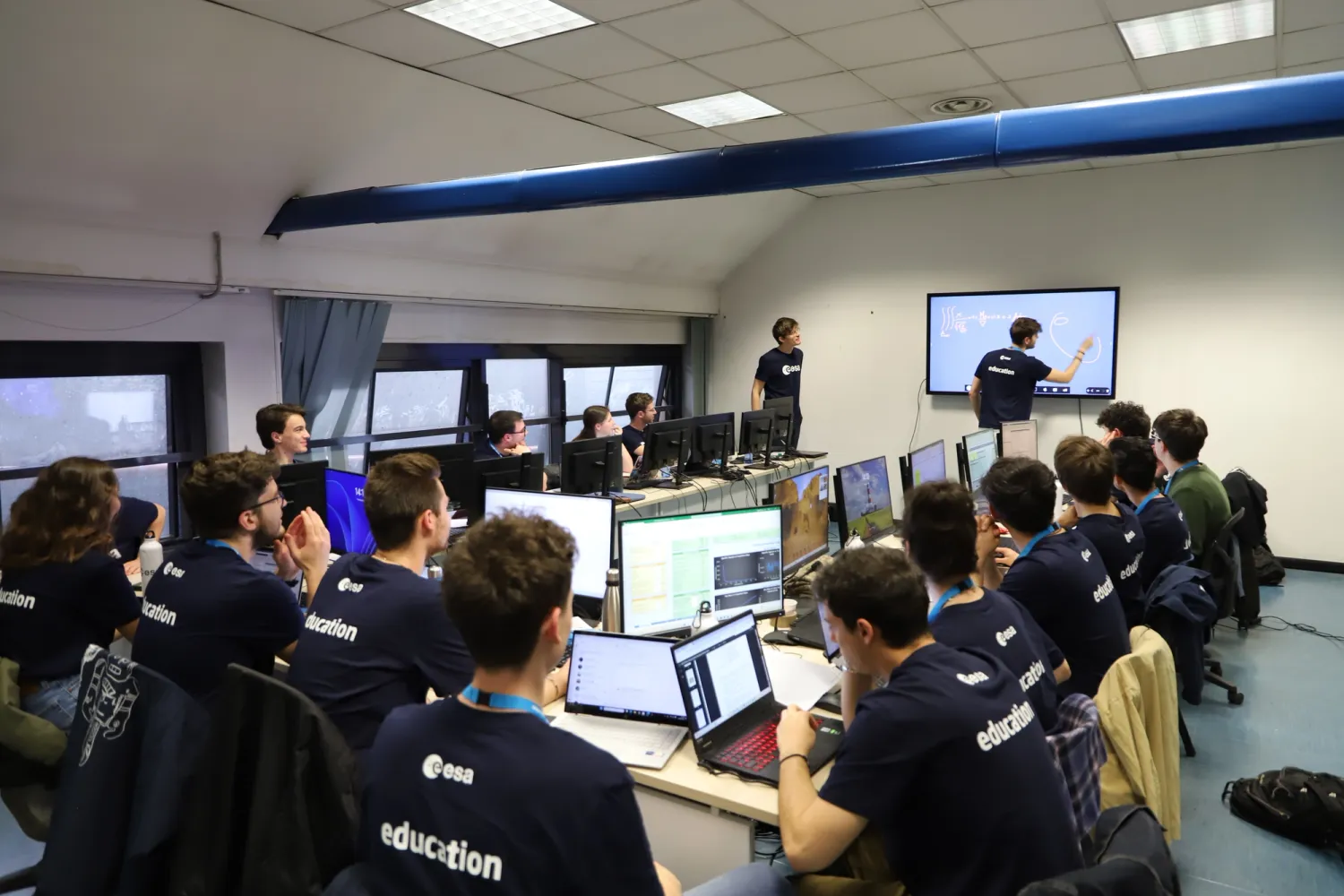
PoliMi team’s answer to the challenge was the design of DORY (Discovering Ory), a comet sample return mission to the 304P/ORY comet, chosen by the students after extensive mission analysis and scientific evaluation. Based on the challenge requirements the mission was designed to carry a suite of scientific instruments—including a sample collection mechanism, a framing camera, a radar, and a magnetometer. The mission is set to last 14 years, including 9 months of operations in close proximity of the comet, during which the instruments will be used to collect soil samples and remote sensing data. The students came up with a trajectory including multiple planet gravity assists to minimise the propellant costs, while they managed to complete the preliminary design of all the subsystems of the probe. Throughout the week-long challenge, the work was carried out in the Concurrent Design Facility at DAER (Department of Aerospace Science and Technology), delivering daily presentations and status updates to peers and ESA experts. The exercise provided hands-on experience in preliminary mission design and real-world aerospace engineering workflows.
The ESA Concurrent Engineering Challenge not only honed the technical skills of participants but also fostered cross-disciplinary collaboration and cultural exchange. For the students of Politecnico di Milano, it was a chance to apply their classroom knowledge to a challenging project with a fast-paced schedule. The students and their support team were awarded their participation certificates by the coordinator of the Aerospace Engineering track at PoliMi, Prof. Pierluigi di Lizia and by the Dean of the School of Industrial and Information Engineering, Prof. Lorenzo Dozio. PoliMi extends its gratitude to ESA, partner universities, faculty, and especially the students who showcased dedication throughout the challenge achieving remarkable results in just few days of intense work.
